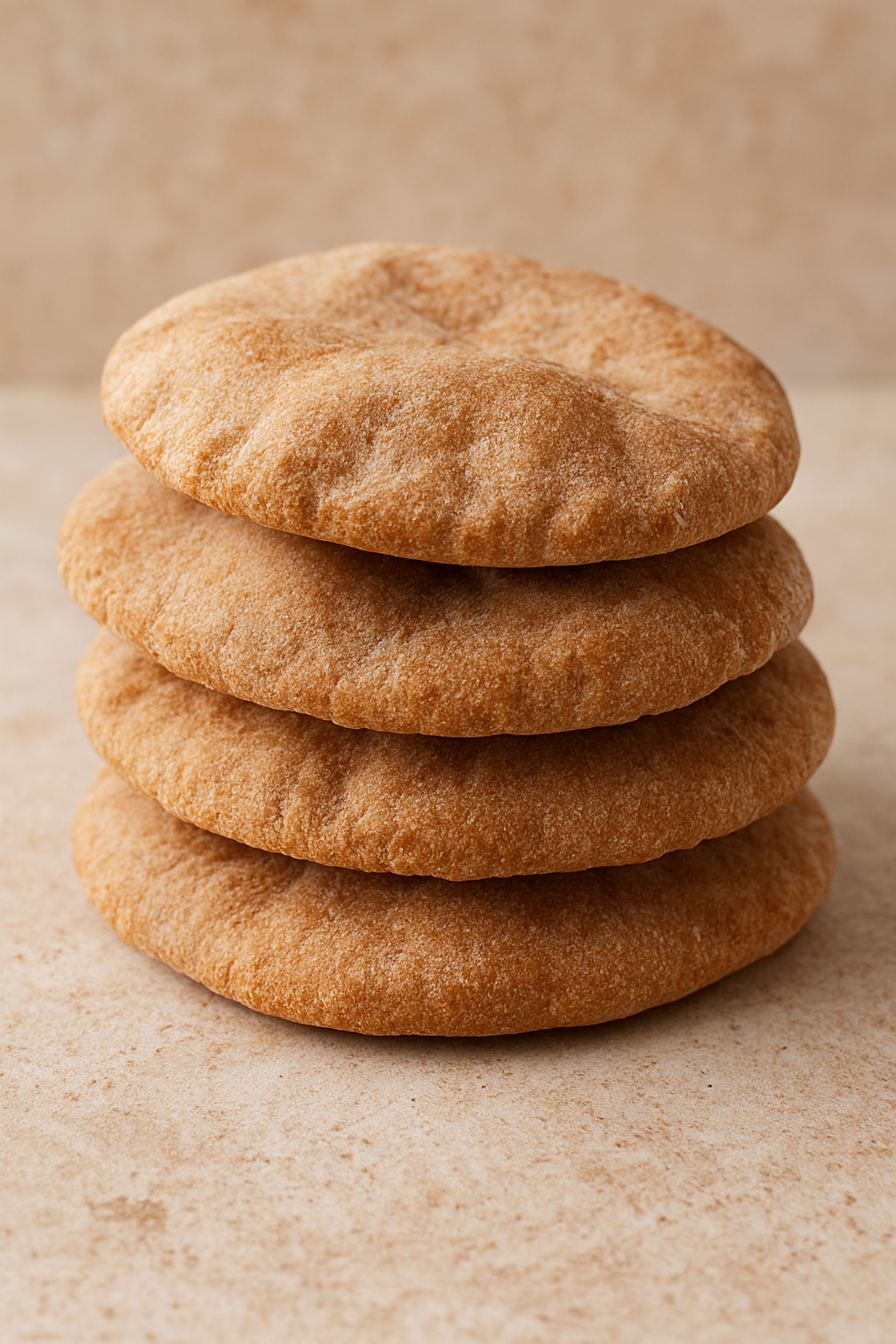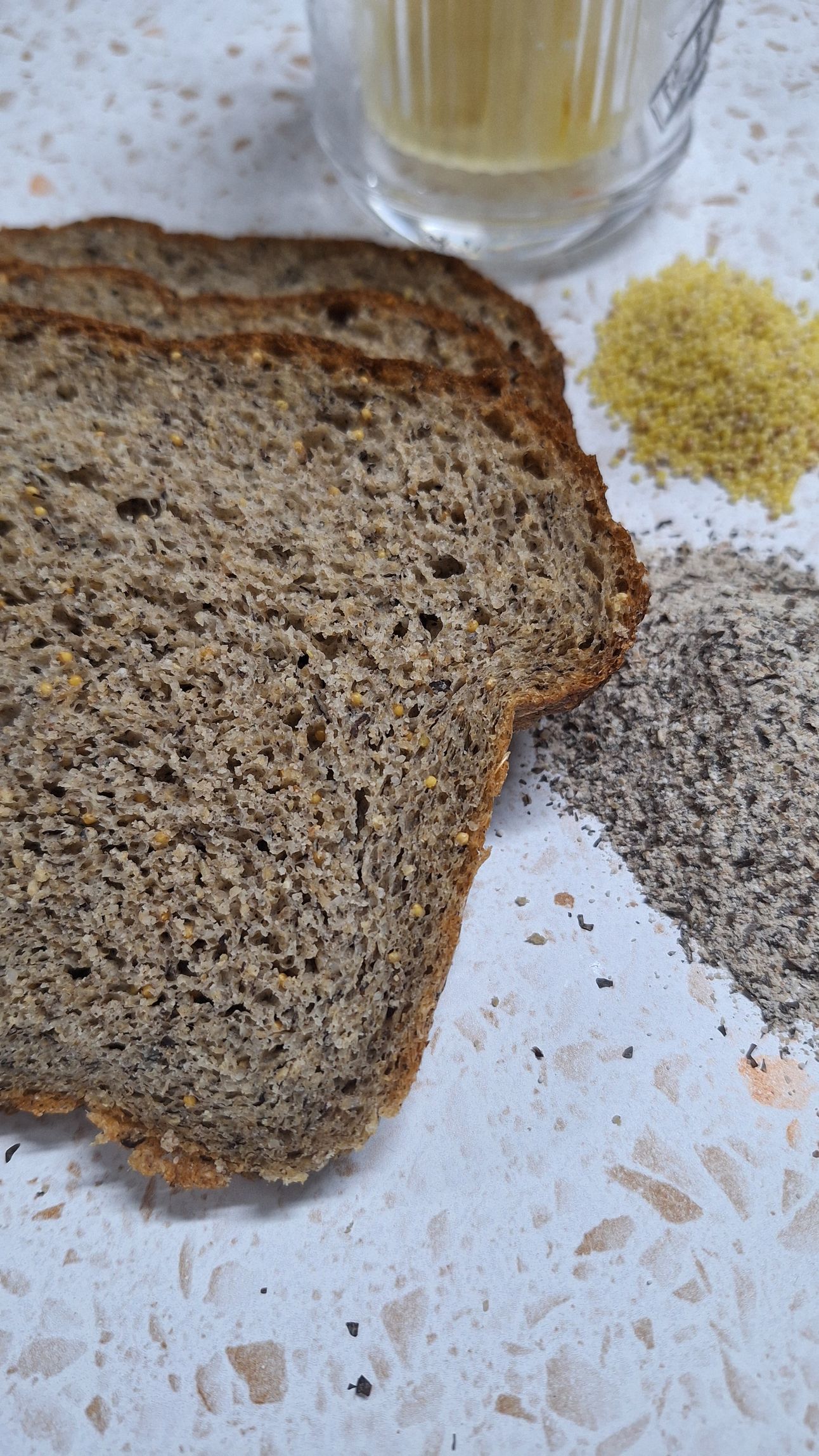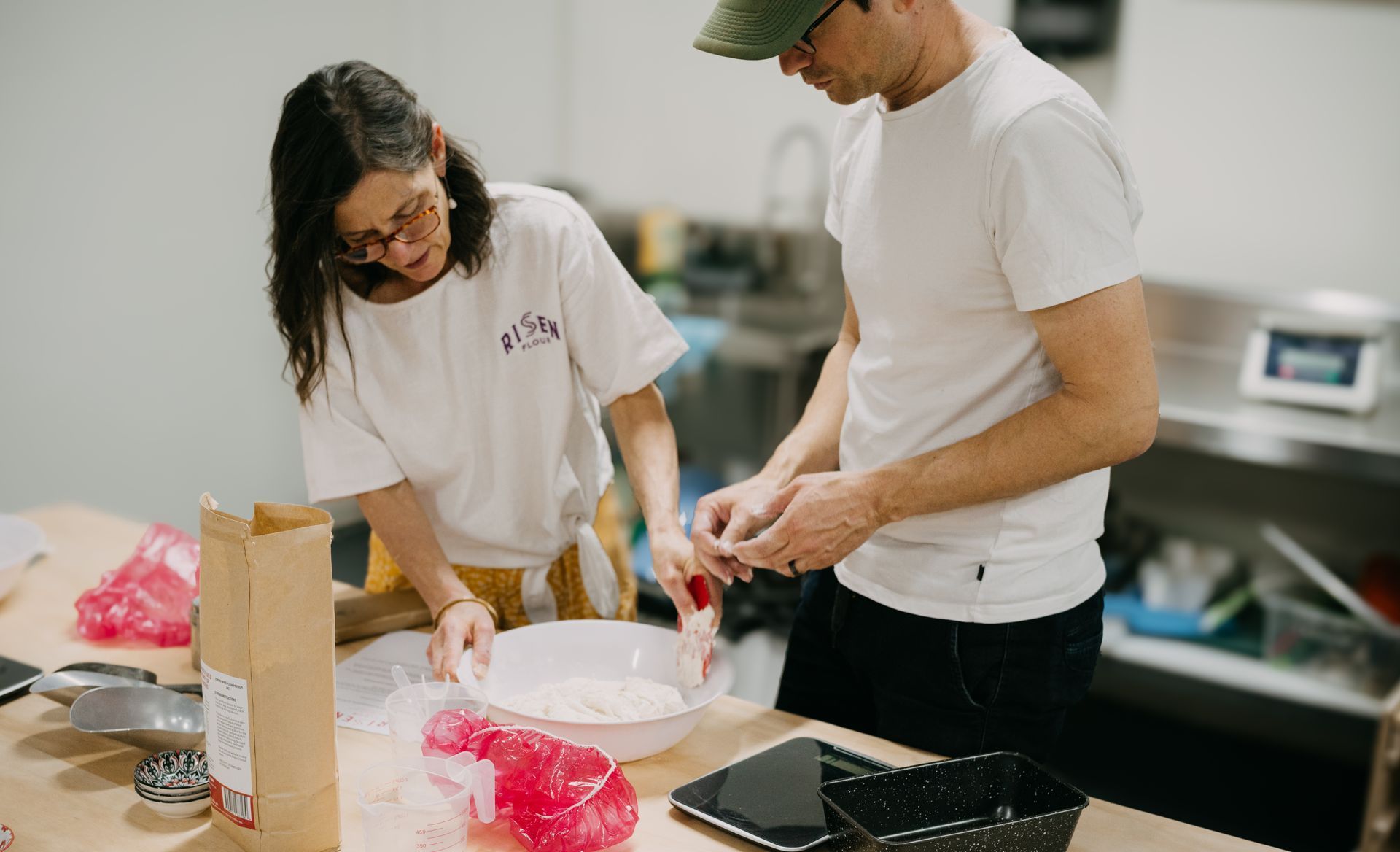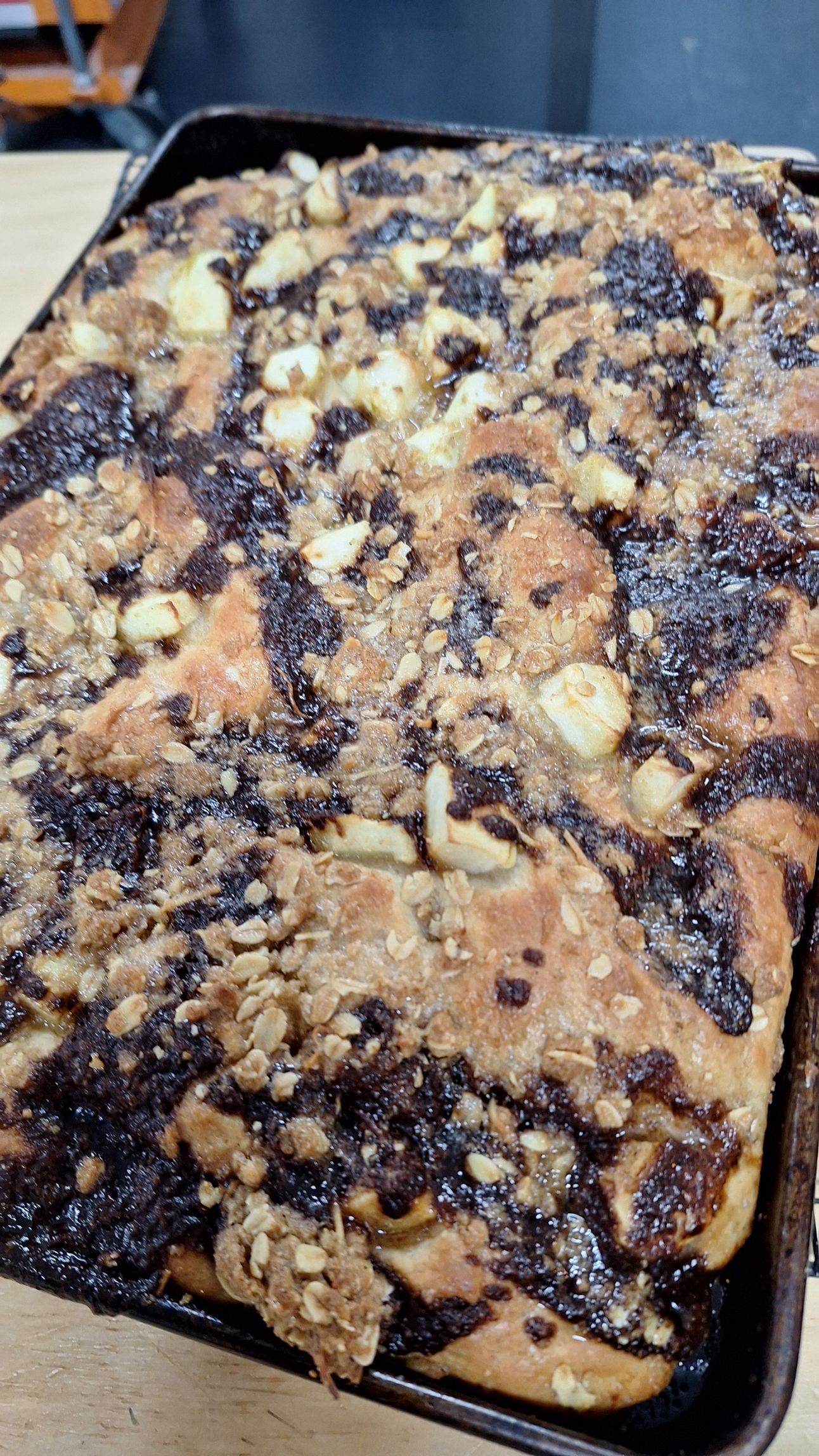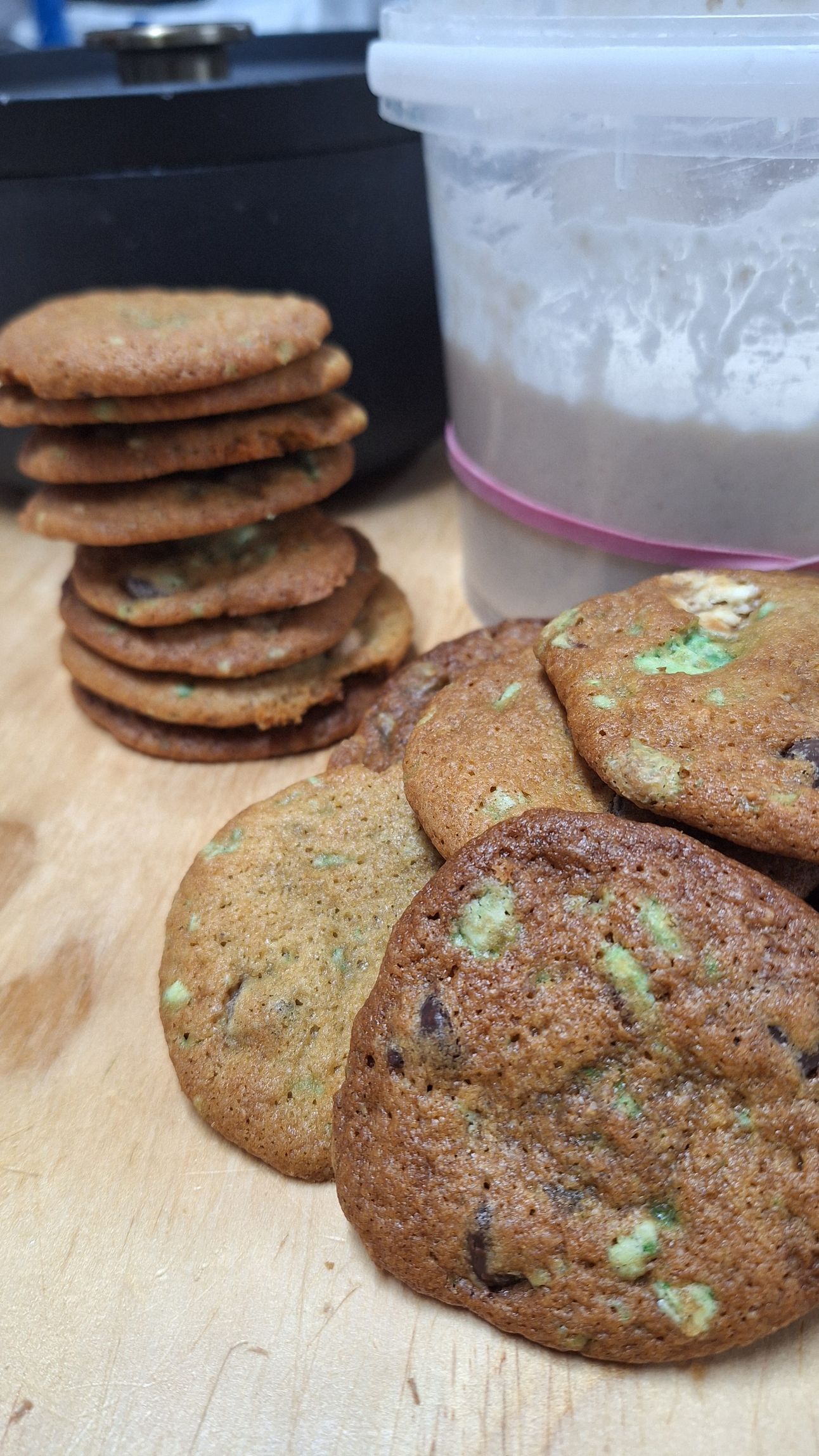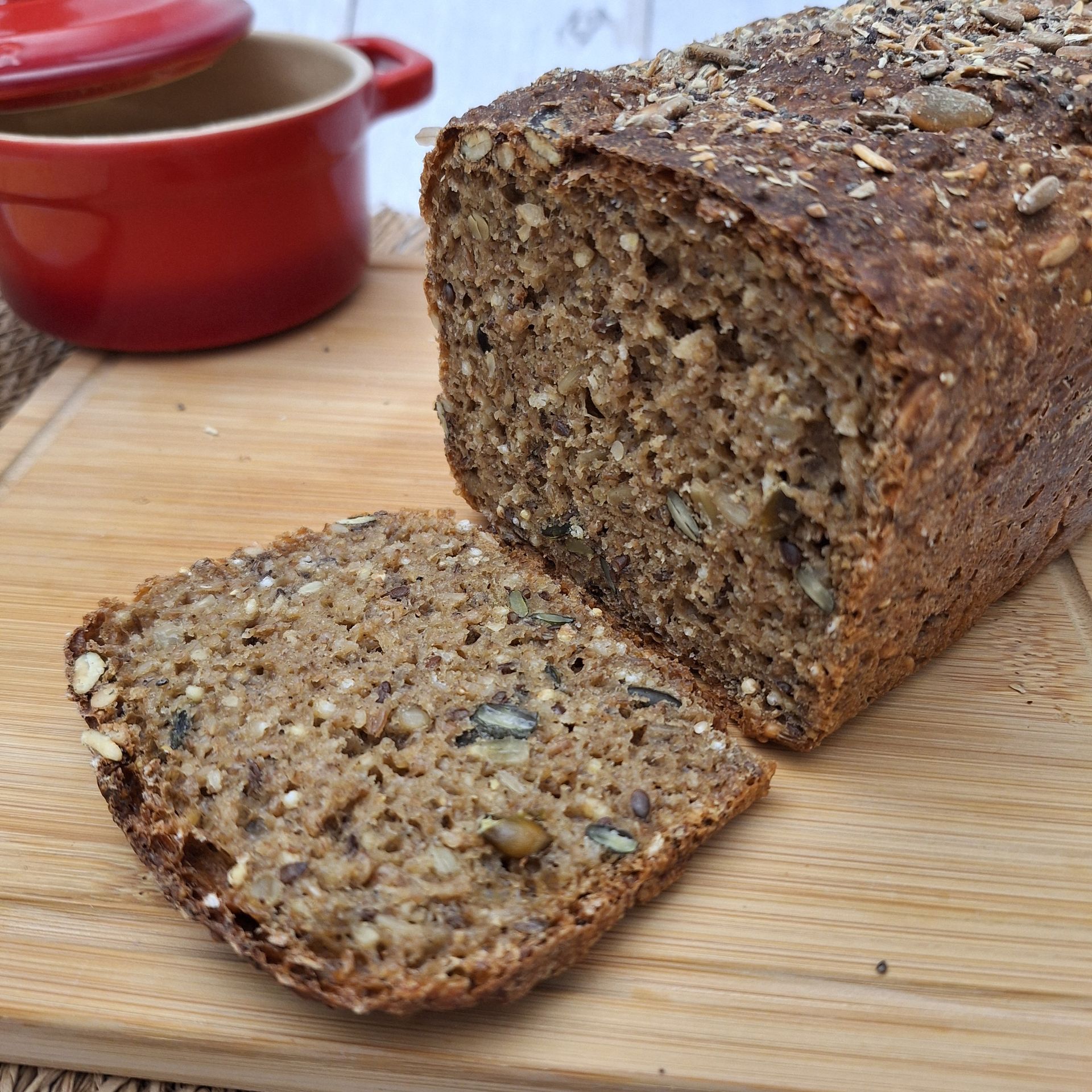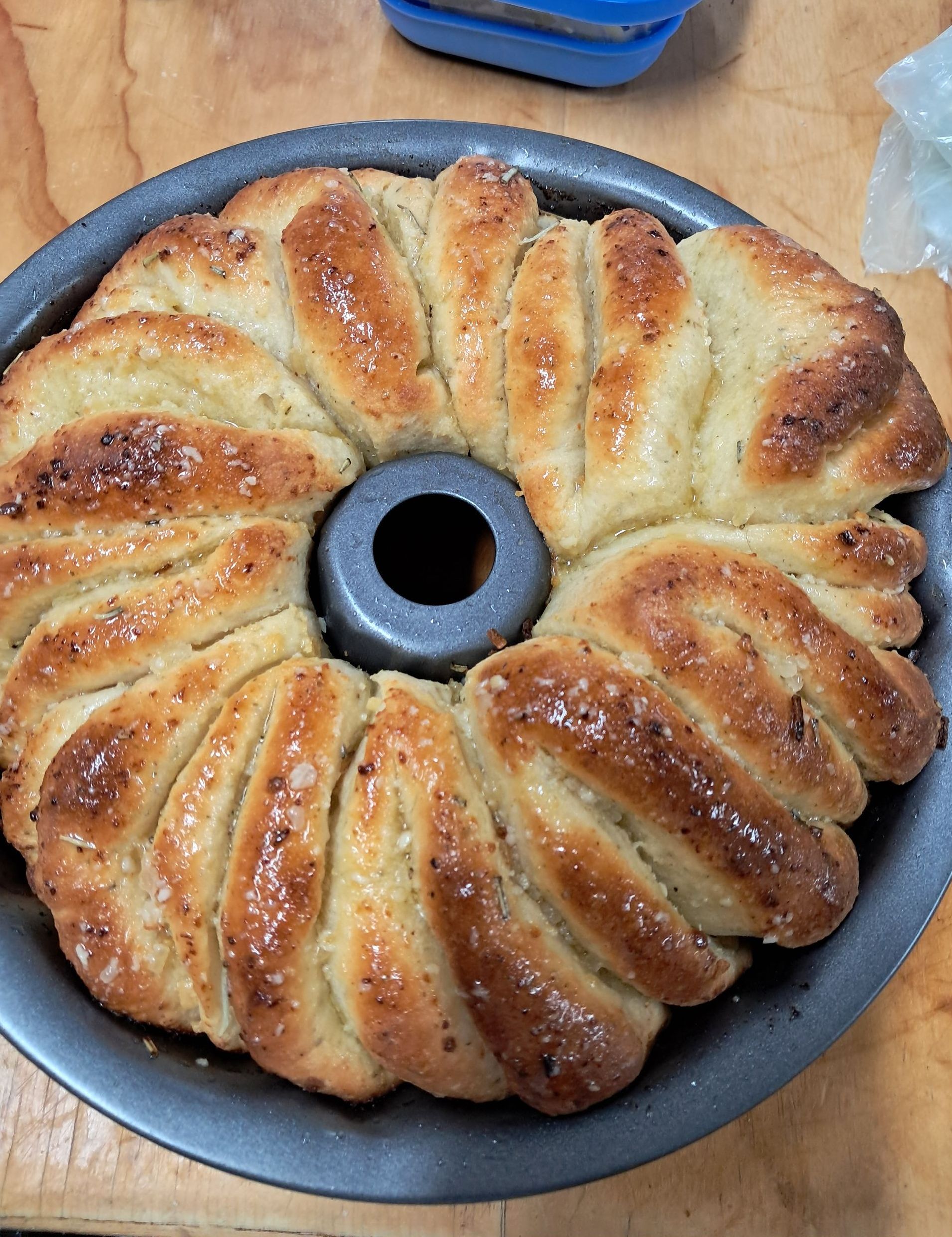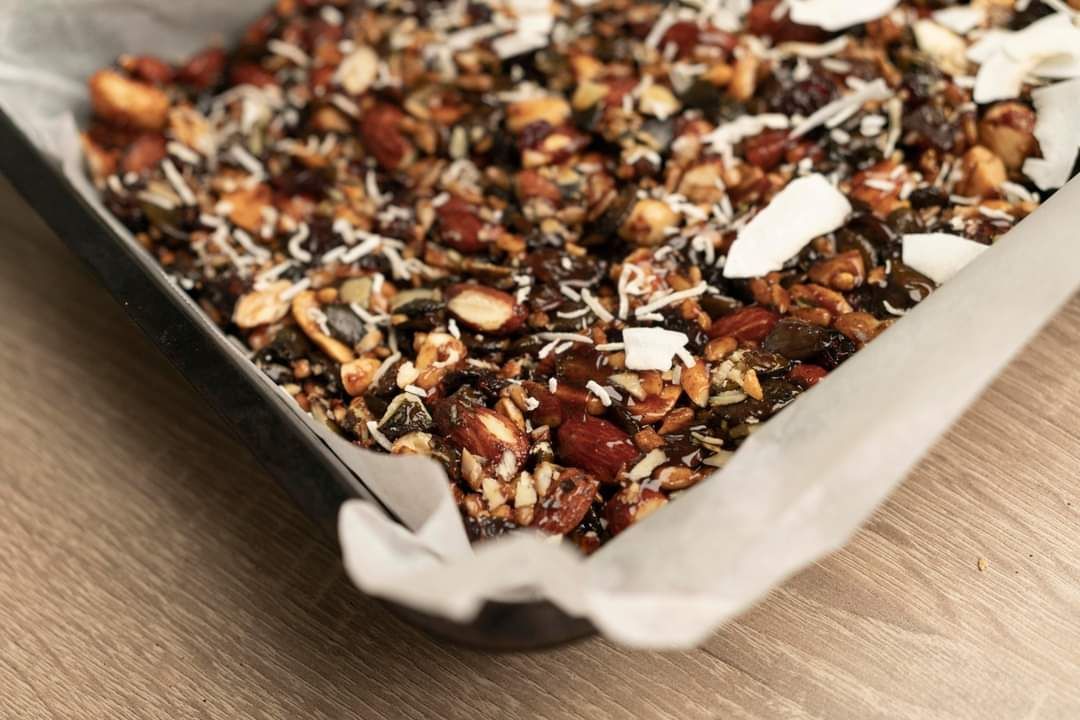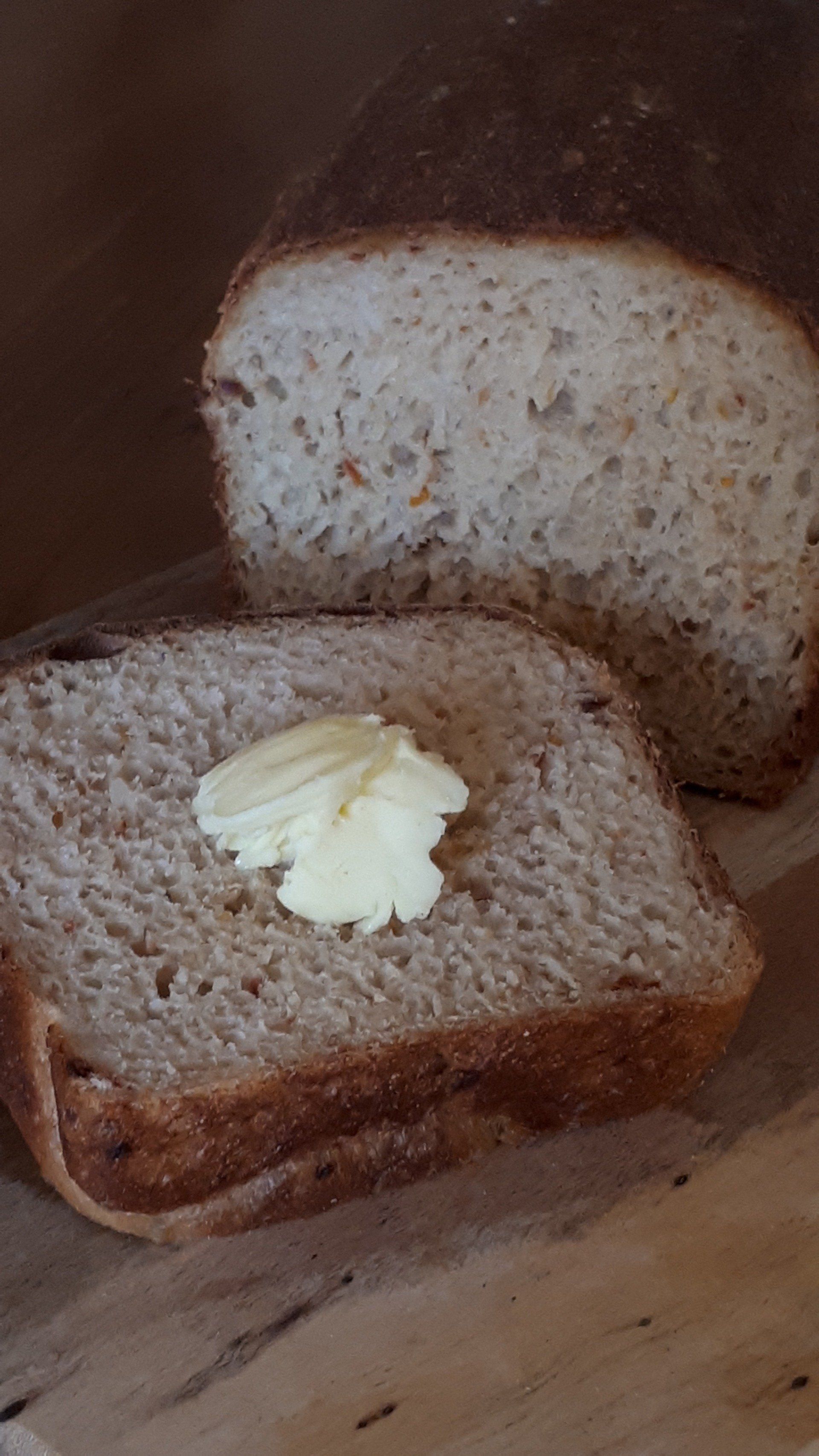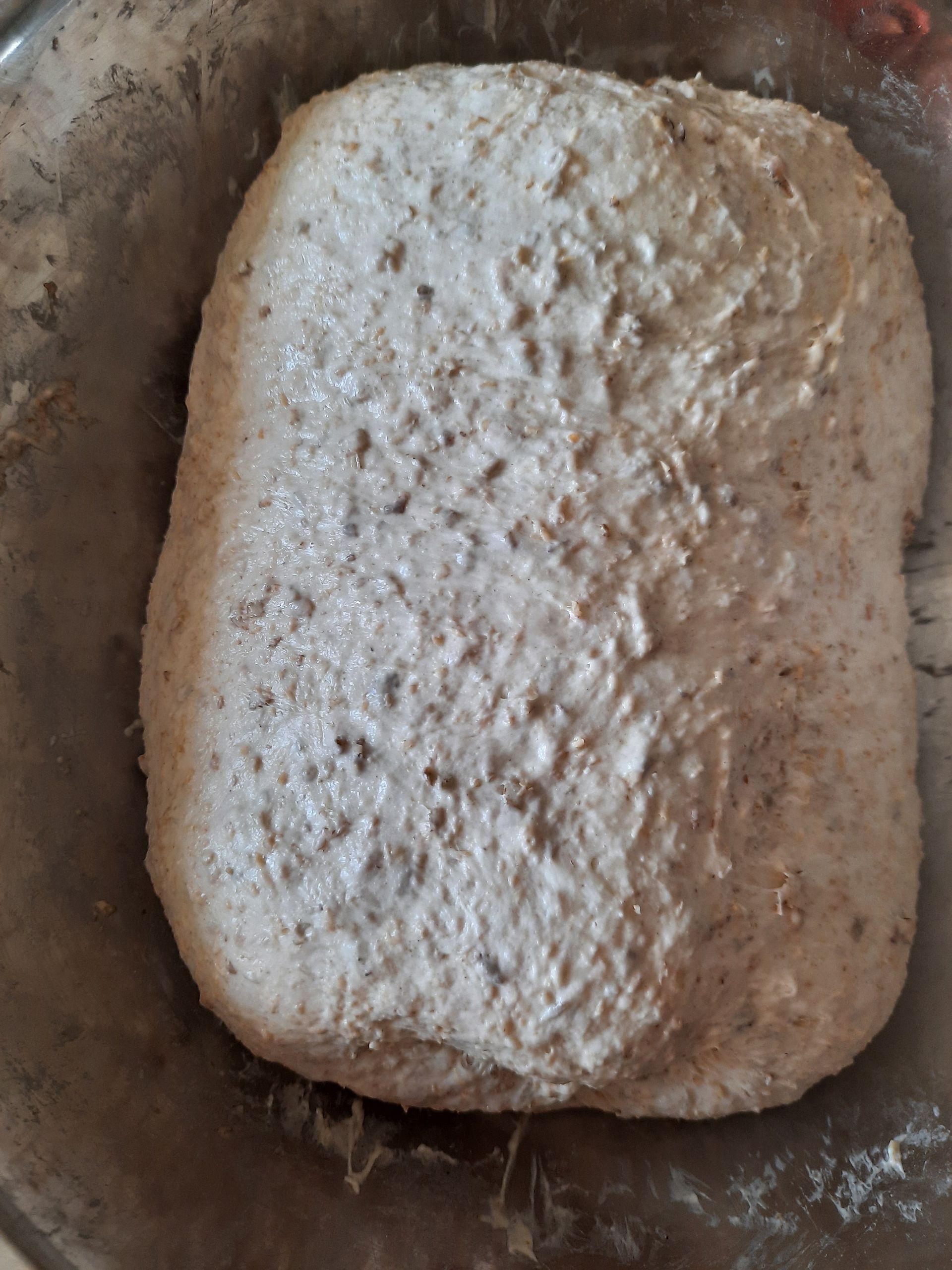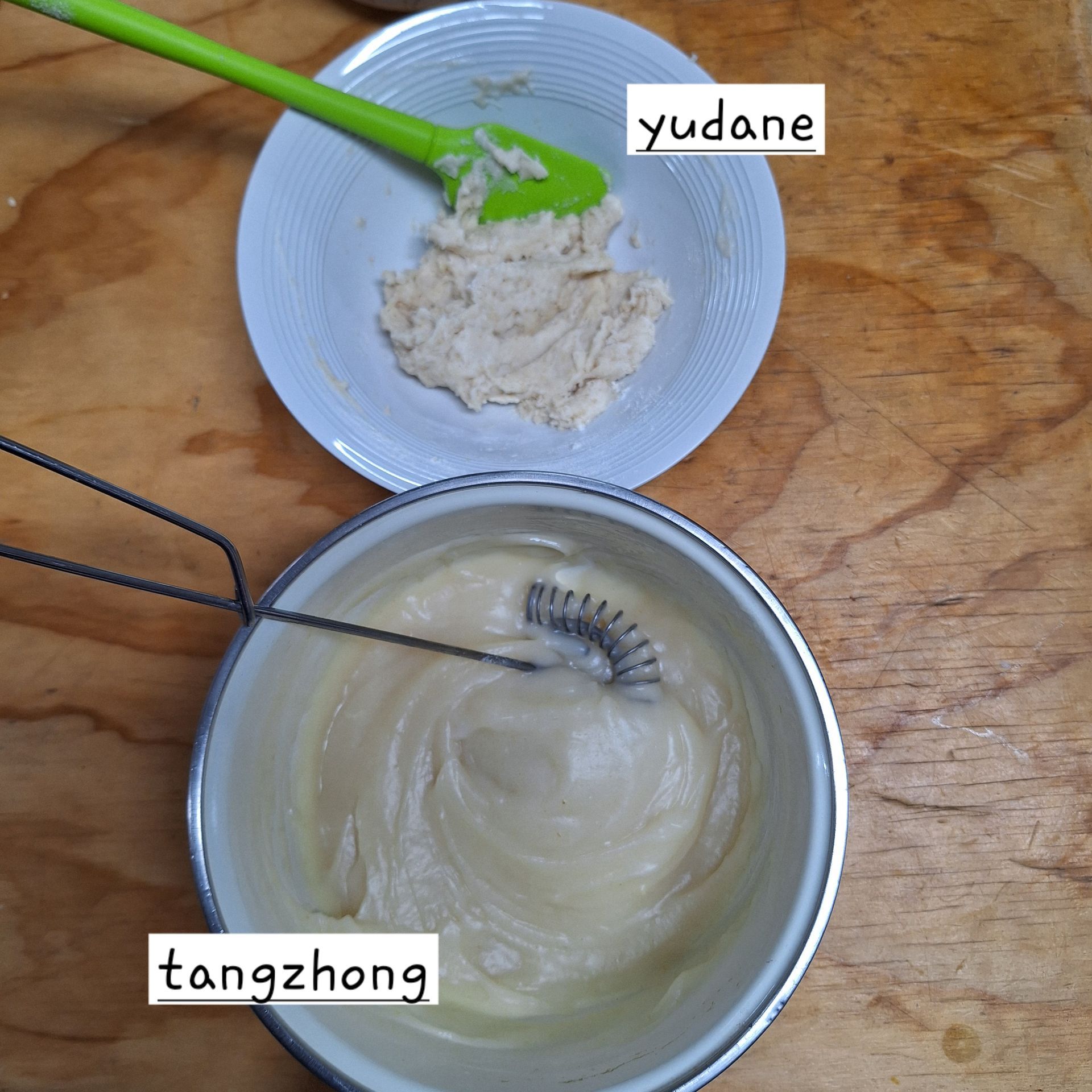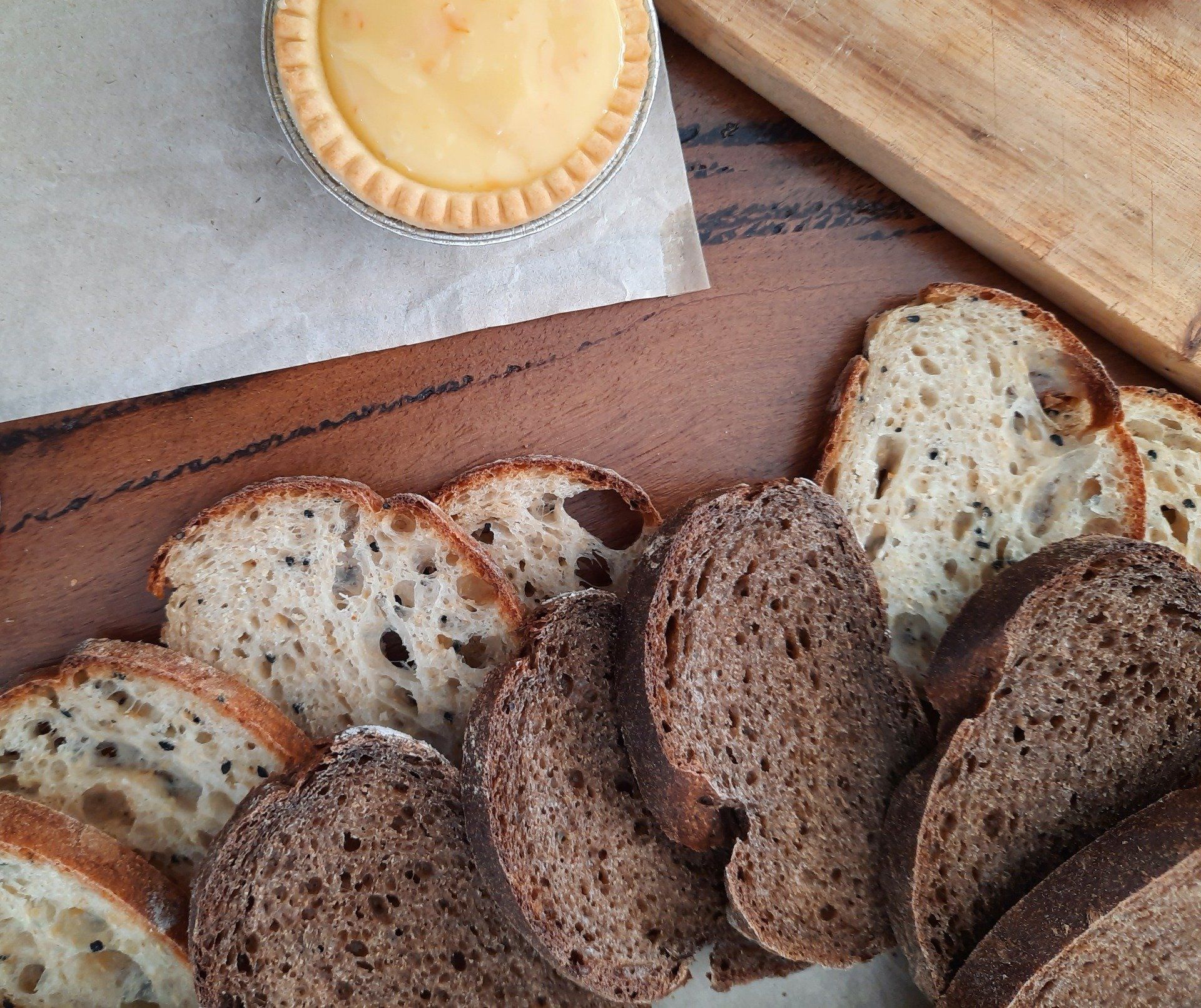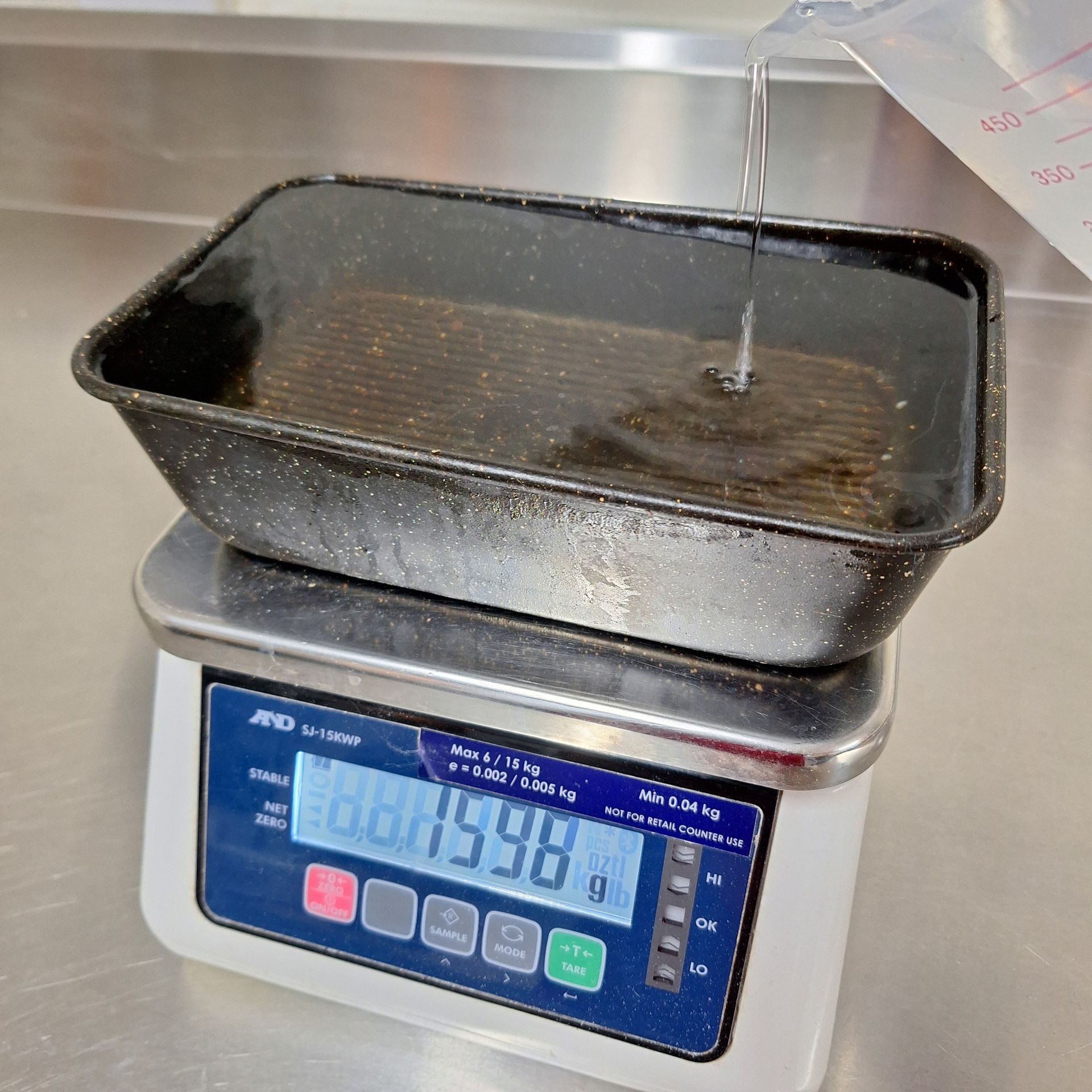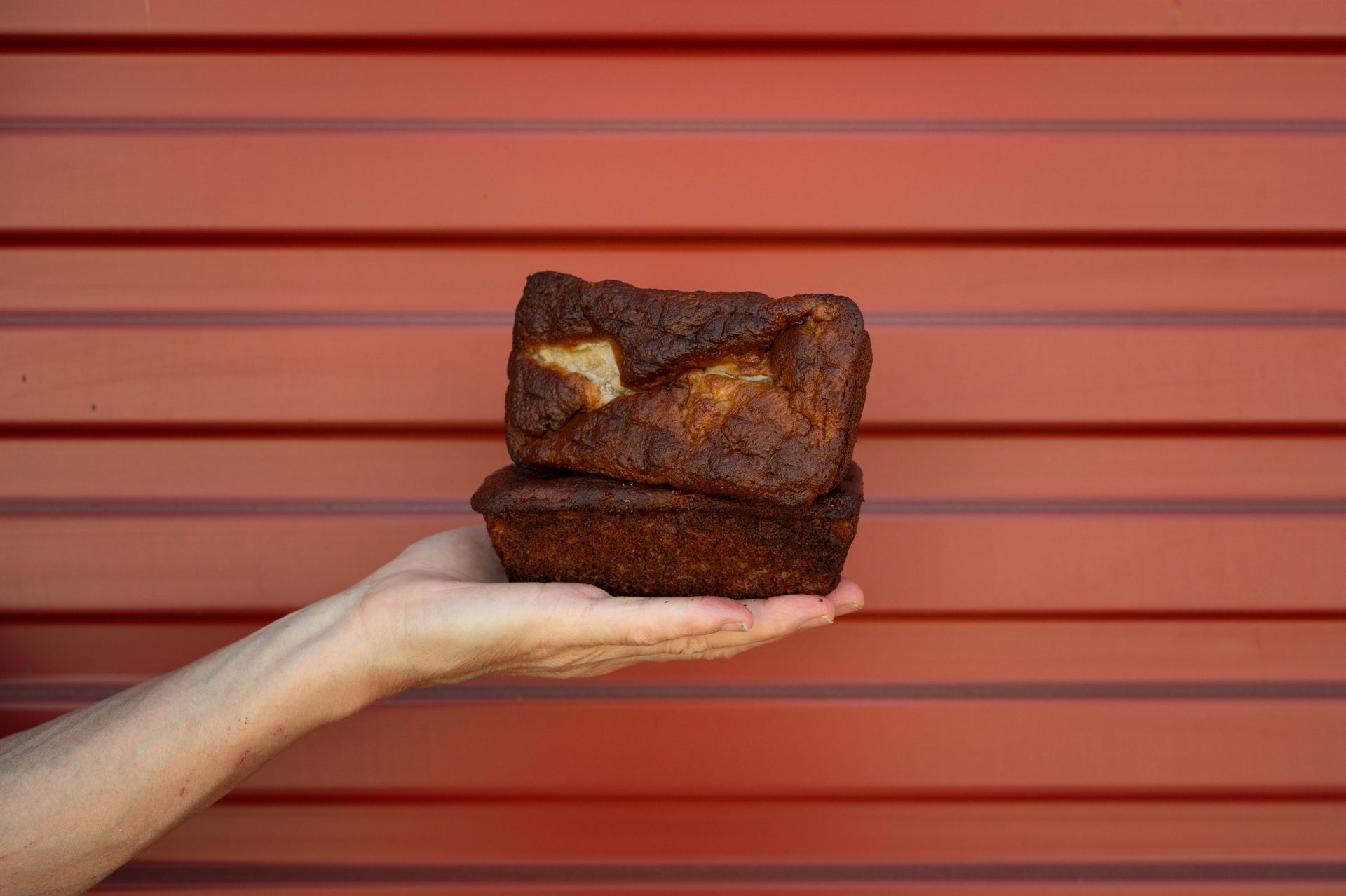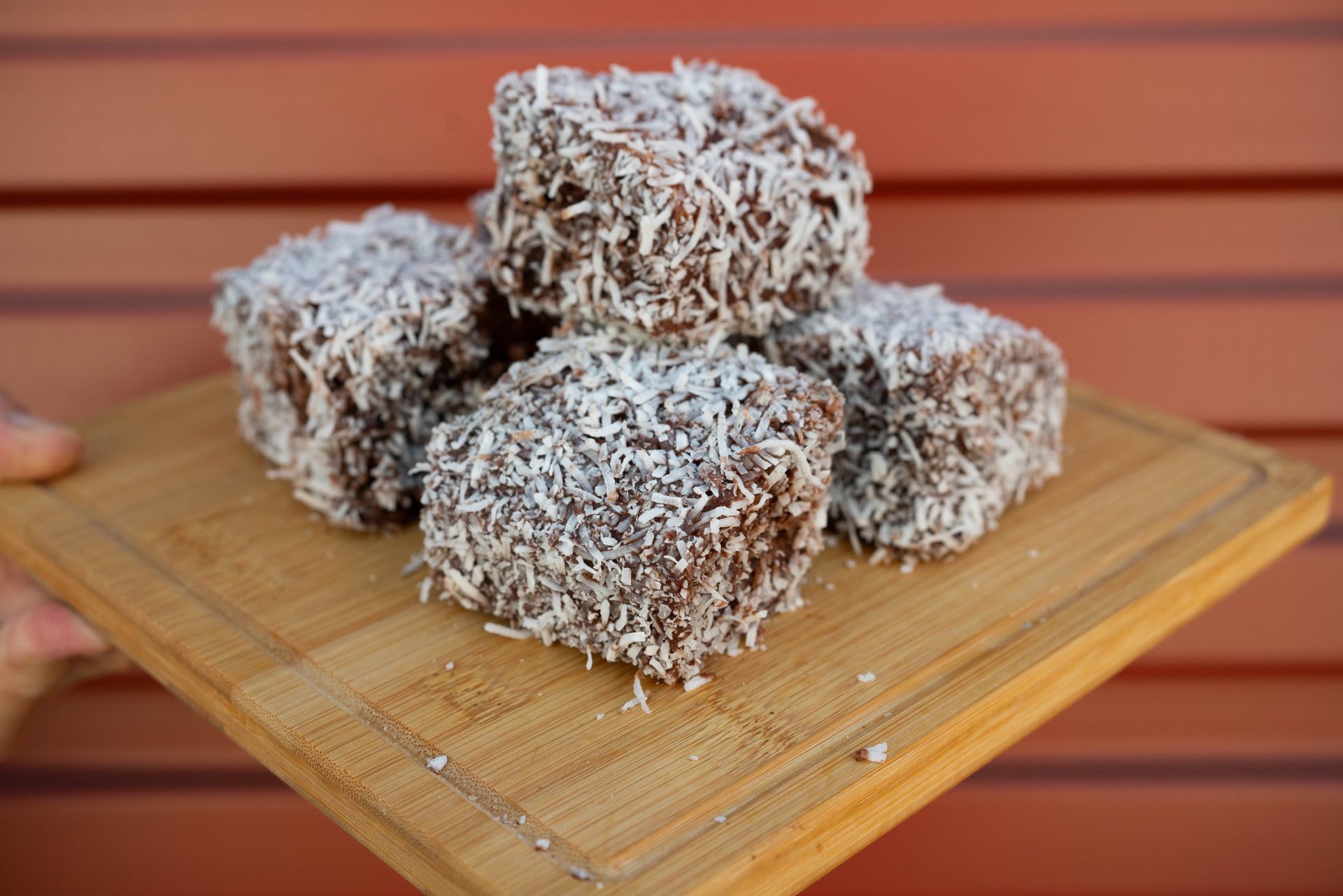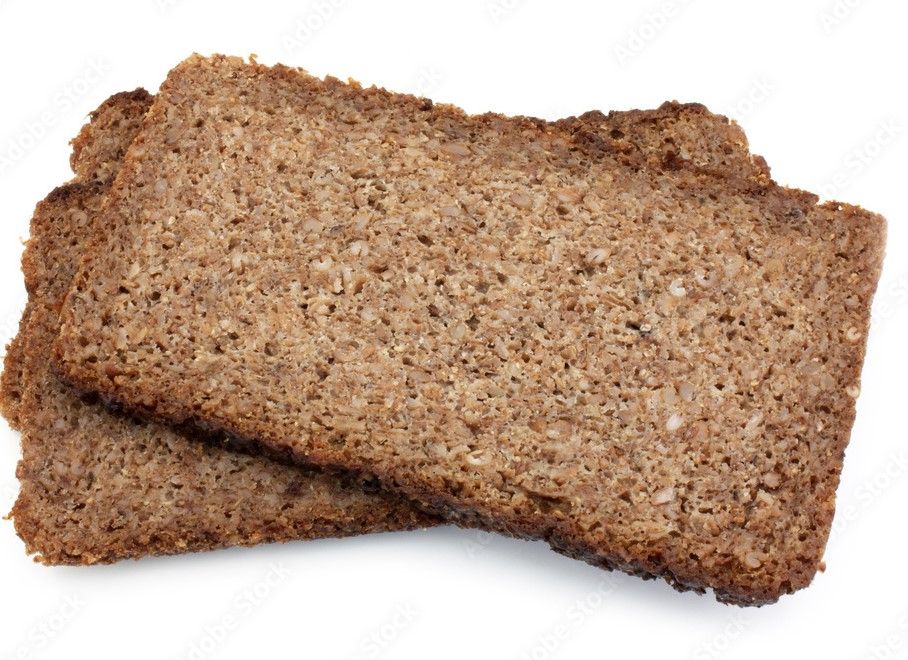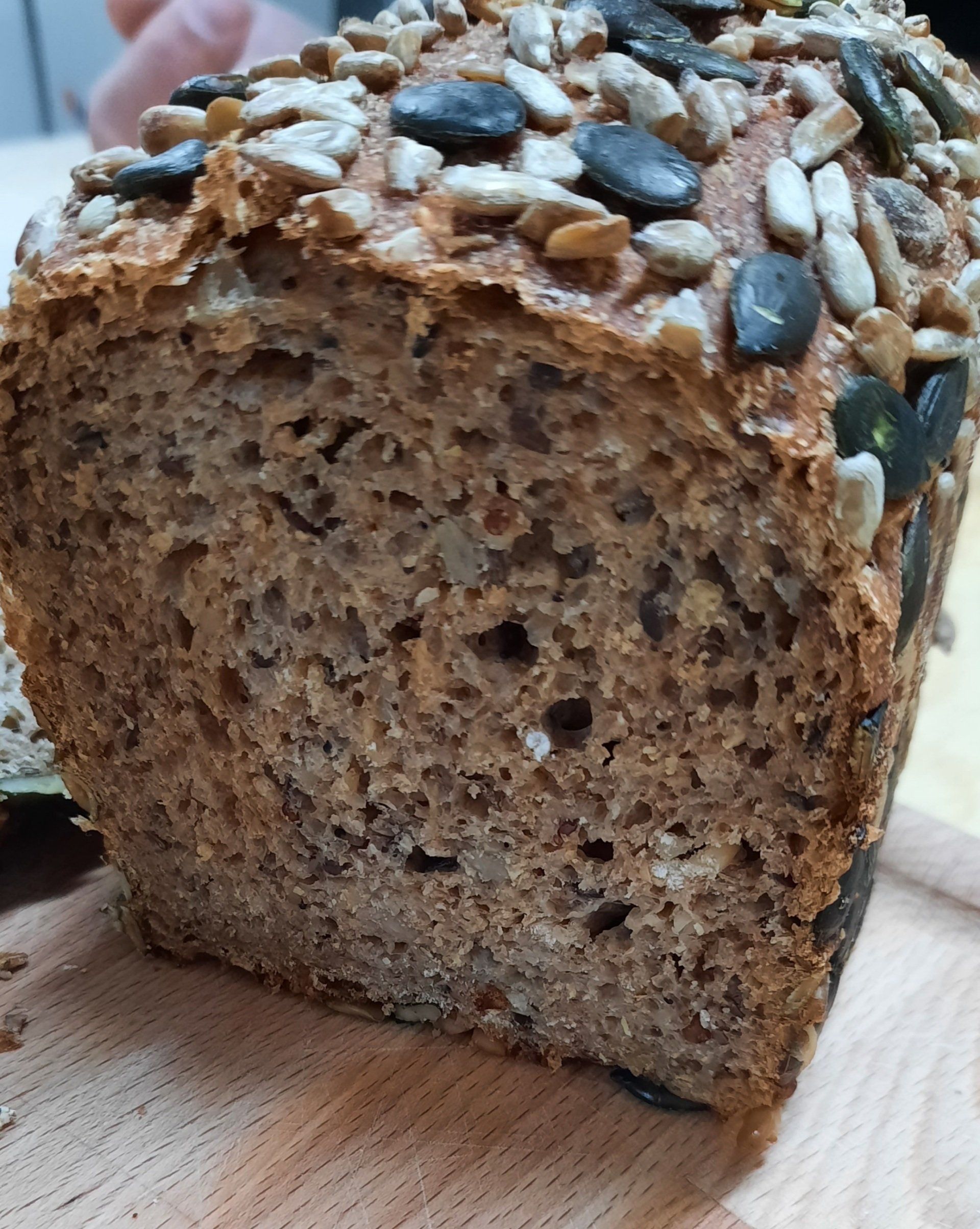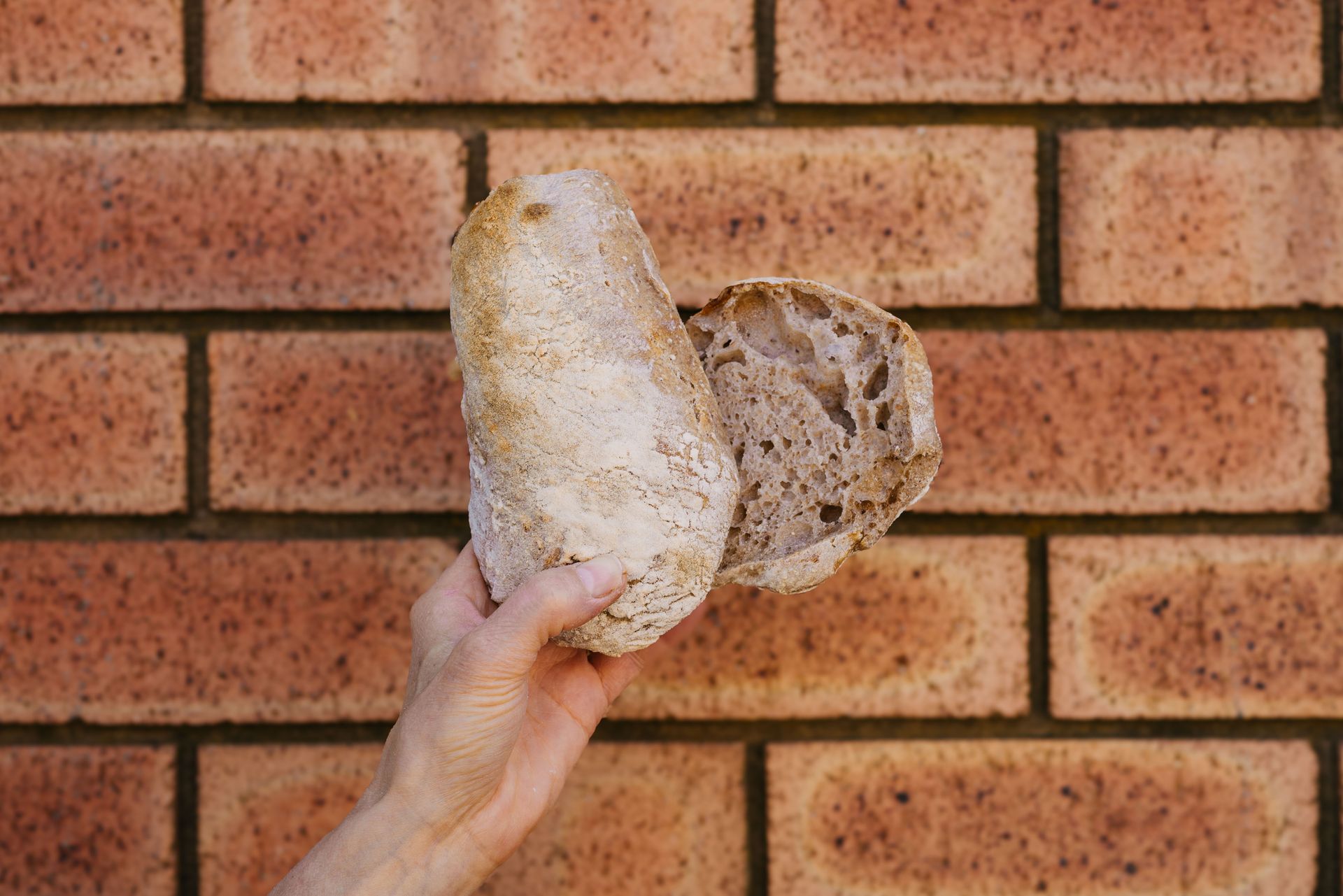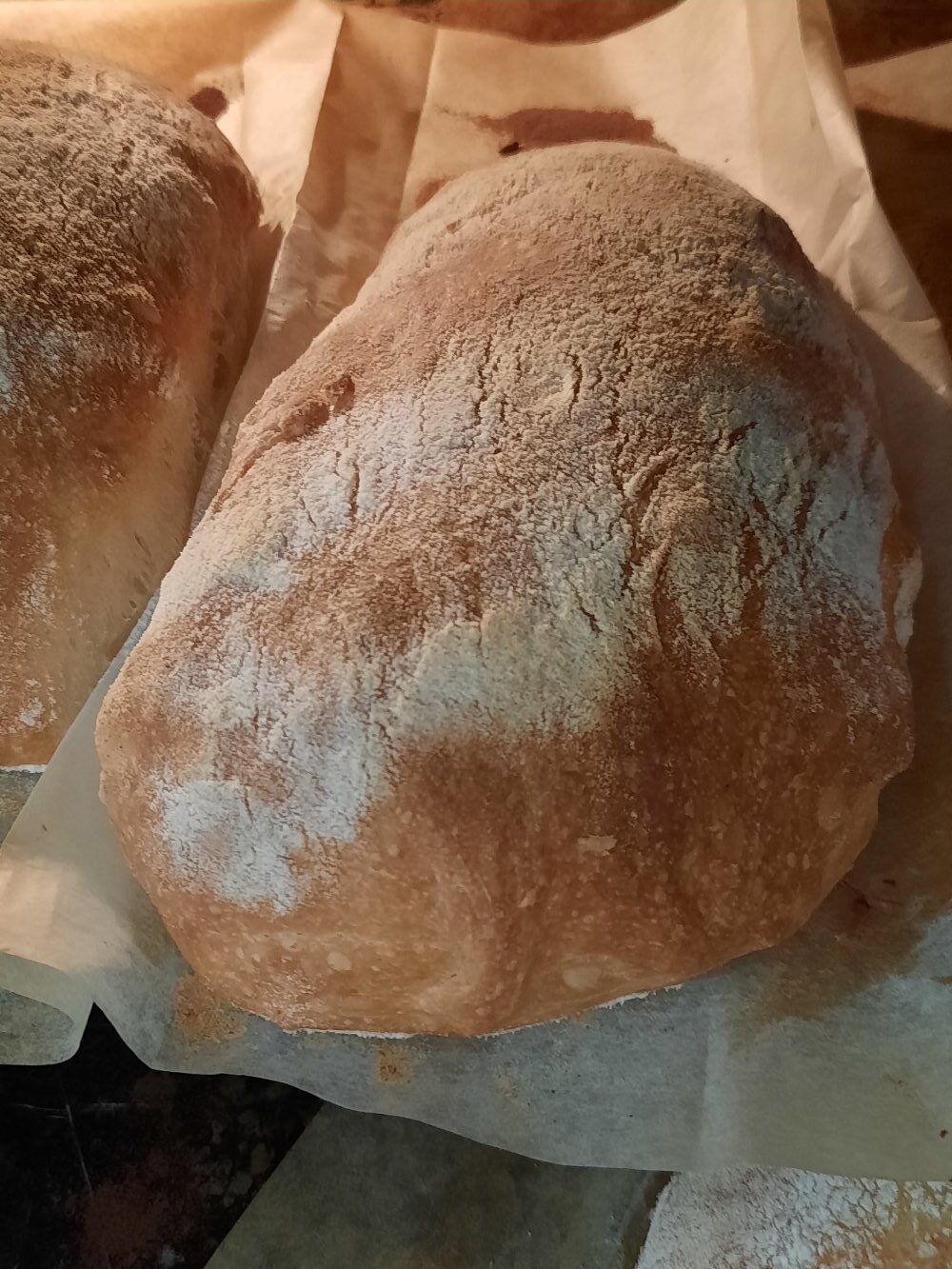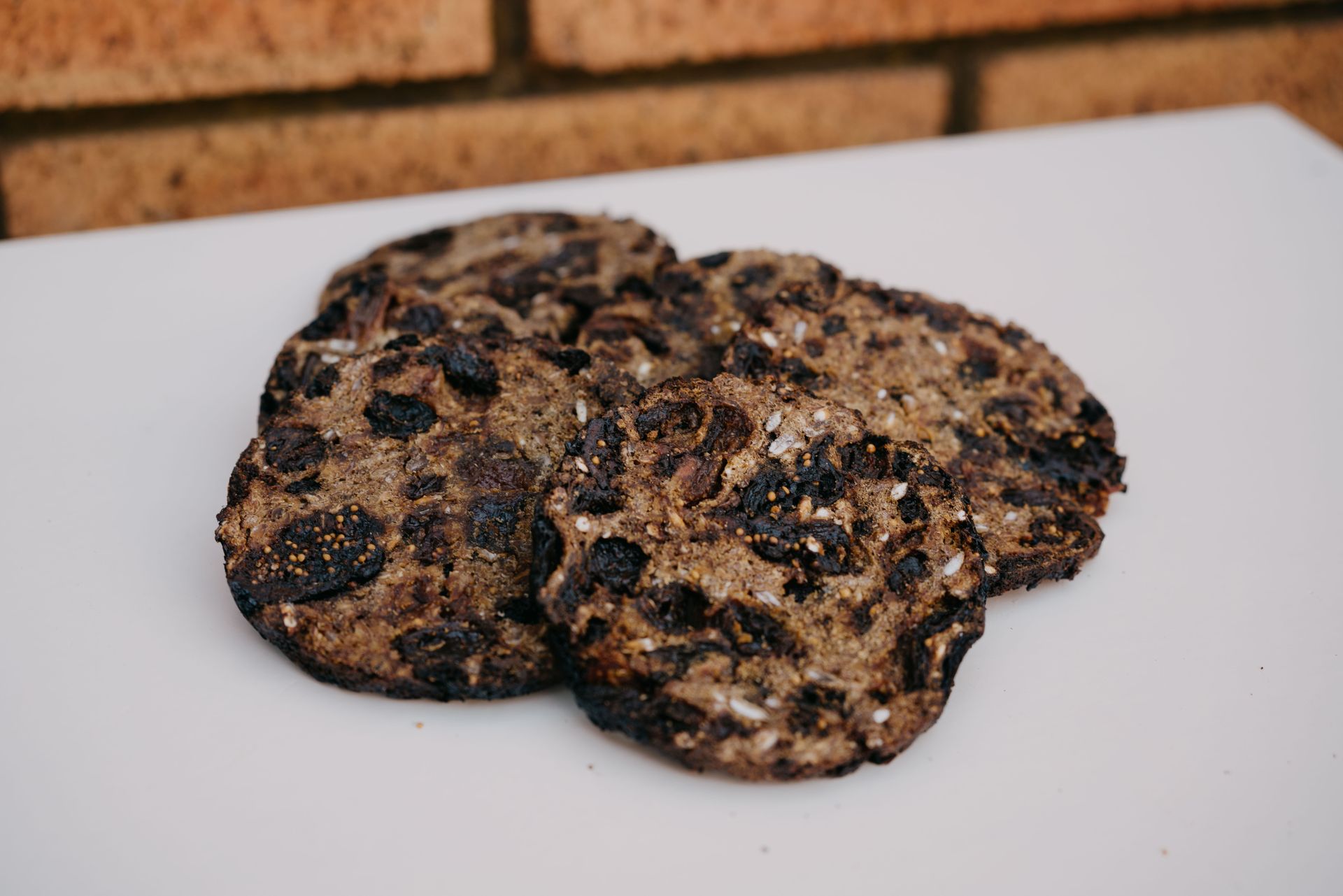Sourdough - Re-hydrating your Risen Flour Starter & recipe
rehydrating your risen flour starter or mother as some call it
Rehydrating your sourdough starter
What you will need:
Risen Flour’s Sourdough Starter
1x small jar with lid
1 x medium (weck is good) jar (to be used on day 3 in the process)
Risen Flour’s Australian wholemeal Rye Flour OR
Risen Flours Premium White flour
Water
Spatula
Day 1
10g Risen Flour dehydrated starter (Rye or White)
Add 20g warm (not hot) water
Stir to mix and leave in a warm spot for 24hrs ( in the oven with your light on or on top of your fridge) around 26decC is a good temp, but a degree either side of that isn’t a problem - there will not be much activity after this time, maybe a few bubbles but be patient it will happen if you continue to follow these steps.
Day 2
Feed with 20 g water and 20g strong bread flour, stir well
Rest for 18 to 24 hours with a loose lid fitted at around 26deg C
Day 3 in the early morning:
After around 18hrs you will note that your starter is looking more active and there may be a few more bubbles than previously and it smells a bit on the sour side.
Transfer 10g to a clean jar. Feed it 1:2:2 – 10g sourdough starter, 20g water, 20g flour
Add your water first to the jar and mix your starter into the water, then add your 20g flour – this way you will know that the starter has mixed in well with the new flour.
Rest for another 8hrs, until around mid afternoon, after this period you should notice further activity and the starter would have risen with lots of bubbles. If there is not much activity then leave it for longer - even overnight. Then You need to feed it again – discard – discard all but 10g starter, feed with 20g water and 20g flour.
Once it has risen, and reached its peak , give it another feed, but this time you will increase the amount of flour and water:
Discard all but 10g active starter
Add 50g water and 50g flour – mix well and leave overnight for around 10 hours.
After that period it should be revived and active. It will take aound 10 days of active feeding to become robust and strong , although you will be able to use it prior to then. If it is at least doubling in height then it is good to use.
You will need to feed this starter on a daily basis in order to keep it active, on a 1:2:2 basis
You are now ready to build your levain.
To build your levain from an active starter
- Transfer 20g active starter to a clean jar
- Add 40g water and 40g flour - mix
- Mark the level with a rubber band or make a mark on the jar with a permanent marker
- 6 to 8hrs later it will be at its peak have risen well and ready to use in your recipe.
You can store your starter in the fridge if you are not going to be making any sourdough for a few days, I don’t like leaving it in the fridge for longer than a week though without taking it out and reviving it again for few days out of the fridge even if you not going to use it.
If you have stored it in the fridge you should feed it for a good 2 days prior to making your sourdough and make sure its really active before using it again, it should double or triple in volume. I find my rye sourdough fed on a 1:2:2 basis doubles in volume and its also a thick starter, where my white starter can often triple in volume and its also quite stretchy and pour-able, whereby the rye one is thick and doesn't pour.
Different sourdough starters
A rye sourdough starter will not have the same consistency as a white flour starter. Many videos show you how elastic they sourdough starter is, but because of the reduced gluten content of rye it doesn’t get stretchy like the white higher gluten flours do.
You will find that the white starter tends to rise faster than then rye starter. They are at their peak when they are concurve. This is the ideal time to use them, but don’t stress if it has flattened out, you can still use the starter and it will work fine. If it has sunken just a little then it is past its peak, can be used but you may not get quite the same results as you would have whilst using a starter at its peak.
If you have totally forgotten about the starter and it has deflated quite substantially then I wouldn’t use it but feed it again and wait for it to rise before using it.
In summer here in Perth I have to feed my starter twice a day, and sometimes even 3 times a day depending on how hot it is. I do this when I get up in the morning and then when it is at its peak during the day and then sometimes just before I go to bed.
In the winter months I find I only have to feed it once a day, try and feed it at around the same time, I like to do mine when I get up in the morning, that way I don’t get distracted.
THE SOURDOUGH PROCESS
- Measure out your water.
- Add your starter and mix with a whisk to ensure even distribution
- Tare your scale and now add 500g flour - you need to be accurate with the flour measurements
- Draw the ingredients together and mix to a shaggy dough,
- Leave for around 30 min to 1hr covered in the bowl
- Wet your hands and measure out the salt - sprinkle 1/2 the salt onto the dough and pinch it into the dough. Stretch the dough and fold it onto itself.
- Turn the dough over and do the same to the other side - Stretch and fold the dough onto itself - turn the bowl as you do this so that you get around the entire mound of dough - be gentle but pull the dough as far as you can without breaking it.
- Leave to rest covered for 30 min.
You can perform lamination at this point if you wish but its optional - I don't always do this process and actually find that my crumb is better sometimes without this step.
- Lightly spray the counter with water
- Gentle put the dough on the counter and stretch it as far as you can into a rectangle without breaking it.
- Now fold up the two short ends into the middle of the dough, then the two long ends,
- Roll the dough into itself to form a sausage.
- Leave to rest for 30min covered.
- Wet your hands
- Pick up the dough in the centre of the log and lift it up - the two ends will stretch - fold the top half underneath the dough,
- Turn the dough 180deg and repeat the process.
- Now to it to the other sides.
- Leave to rest for 30min and repeat the process
- Leave to rest again for 30 min and repeat the coil fold
- Leave again to rest for 30 min and perform the last coil fold.
- Leave to rest for 30 - 40 min and now you are ready for the final shaping.
- Lightly sprinkle flour onto your work surface and very gently pour dough dough onto the surface, you can give it some help from sticking to the bowl with a dough scraper, but try and not break the dough.
- With flour on your hands gently stretch the dough out a bit (do not knock back harshly as you would a normal instant yeast bread)
- Pull the bottom of the dough closest to you down and then up over itself to the centre of the dough mixture, then fold the left and right hand sides.
- Now take the top and start to roll the dough up into a tight log.
- Have your prepared bannaton dusted with flour / rice flour ready
- Gently lift the dough up and place it with the seam side up facing you
- Pinch the edges closed and put in a plastic bag tied up in the fridge at between 1 - 4deg C If you don't seal the bag the dough will dry out and you don't want that happening.
- Leave for around 12 - 16 hours.
- Preheat your oven with the dutch oven inside on preheating to 250deg C
- Once oven has come to temperature take a large piece of baking paper and sprinkle a little flour on it.
- Take the dough out of the fridge (you will notice that it has risen) and gently tip it onto the baking paper.
- Score the dough at an angle along the surface in whatever pattern you like - 2 or 3 short stripes or one long line - there are endless videos on scoring.
- Now take the dutch oven out your oven and carefully put the dough into the pot and put the lid on.
- Reduce the temperature to 220dec C and quickly transfer the pot back into the oven and bake for around 23 min, then take the lid off and bake for another 11 min. If you notice that the crust is burning reduce the temp a little more.
- I normally bake my bread on fan bake and then when it comes to the final 11 min I change to standard bake (without the fan) and I find my crust doesn't get too dark and burnt.

